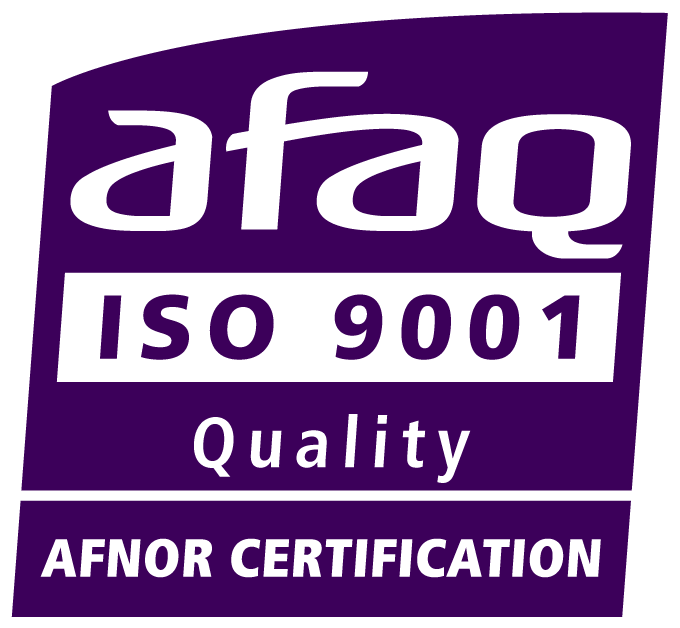PETROGRAPHY
We characterize your geomaterial by thin-section observations. We carry out petrographic analysis of different rock types (carbonates, siliciclastics, metamorphic, plutonic, etc) following NF EN 12407 standards.
According to your thematics, they include the description of grain types, textures, structures, fracture diagenesis, alteration, a visual estimation of mineralogical phases and the characterisation of porosity (quantified by colour thresholds).
Applications to the fields of:
- Oil & Gas
- Geothermal
- Deep Storage
- Geotechnics
- Quarry
MINERALOGY
We carry out qualitative and / or semi-quantitative analyzes of the minerals constituting your soils and materials (XRD).
Applications to the fields of:
- Soil analyses
- Geotech (shrinkage and swelling clays / building)
- Exploration resources – hydrogen, O&G, water, storage
- Quarry & Mining






